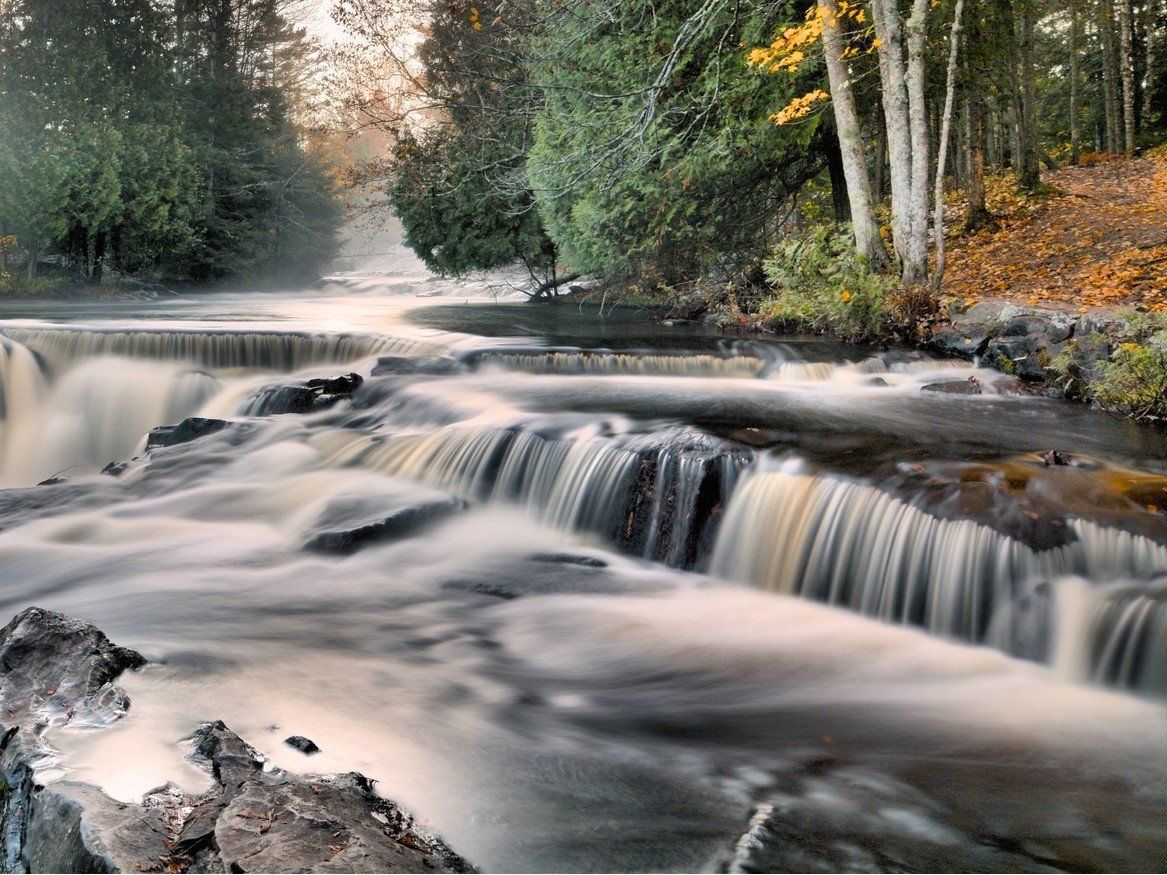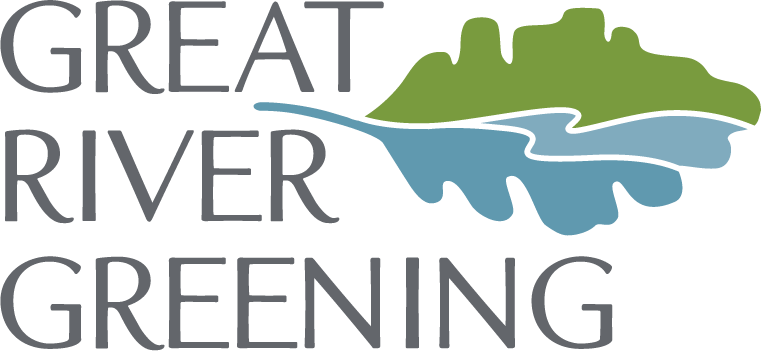Natural Lands
Includes all habitat types found in Minnesota:
Prairies and Grasslands
Forests
Oak Savannas and Woodlands
Wetlands
Shorelines
The outcomes are impactful: increased biodiversity, cleaner water and air, improved soil health, stronger natural systems, and enhanced habitats for pollinators, wildlife, plants, and people.
Our ecologists partner with landowners and communities every step of the way in the restoration journey. This comprehensive approach includes:
Assessing land and habitat needs.
Implementing effective restoration practices, such as invasive species removal and the replanting of native species.
Developing long-term stewardship plans to ensure ongoing success.

FAQs
-
Environmental restoration nonprofits like Great River Greening may use any of these terms to describe natural areas that are undergoing restoration.
· Natural Lands: This term refers to areas of land that are either undisturbed or being restored to their natural state. This includes land that is not developed or farmed, and areas that are being converted back to their original, natural condition through processes like rewilding or ReGreening.
· Natural Resources: These are elements of the environment that provide value to humans and ecosystems, such as water, minerals, forests, and wildlife. Natural resources are often managed and protected to ensure their sustainability.
· Natural Systems: This term encompasses the complex networks and interactions among living organisms (plants, animals, microorganisms) and their physical environment (air, water, soil). Natural systems include ecosystems like forests, wetlands, and prairies, and focus on the relationships and processes that sustain these environments.
-
· Minnesota's diverse habitats each require specific approaches to land restoration or sustainable land management. The focus could be on wildlife habitat restoration, native plant restoration, forest restoration, prairie restoration, grassland restoration, wetland restoration, river restoration, or shoreline restoration.
· Efforts might focus on one or several of these habitat types, depending on the specific needs of the area.
-
Environmental restoration and conservation are often similarly used, though they can be distinct. Great River Greening focuses on primarily restoring and sustainably managing land. Other organizations may support classic conservation efforts, including putting lands into trusts, preserving natural lands, or securing land for public use. This involves hands-on projects that make tangible improvements to create climate-resilient habitats and ecosystems. Ecosystem conservation and ecological restoration services are other terms that are used to categorize this work.
-
Restoring and expanding natural habitats significantly benefits wildlife, often referred to as wildlife habitat restoration. This work leads tom improved biodiversity and habitat restoration that benefits the local wildlife and fish. Our work improves plant biodiversity and water quality crucial for aquatic species and overall ecosystem health
-
Native plants are integral to restoring and enhancing biodiversity in natural habitats. By replacing invasive and aggressive species with native ones, we help reestablish the ecological balance and improve biodiversity in that system. These plants benefit wildlife, pollinators, soil, and water as well as the overall health of that ecosystem.
-
Yes, where appropriate and with support from land owners and funders, Great River Greening does use adaptive strategies. These nature-based climate solutions are designed to prepare Minnesota habitats for the impacts of climate change.

